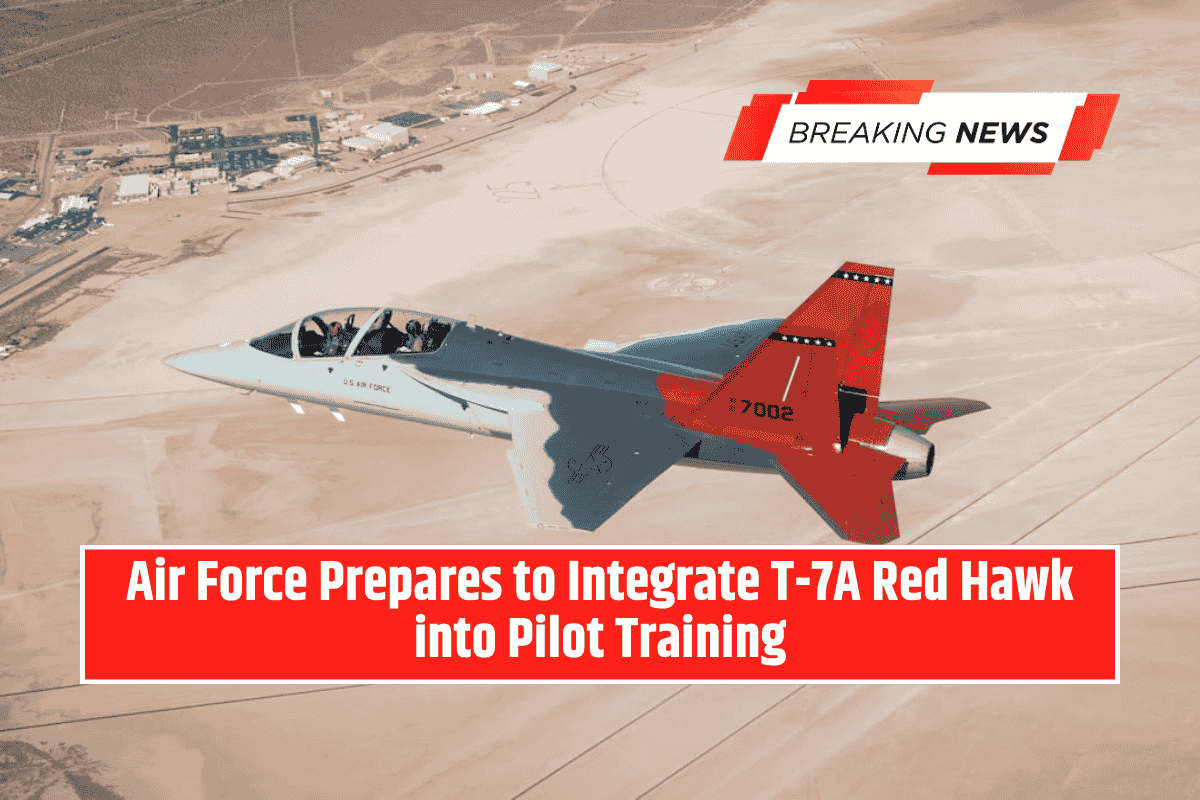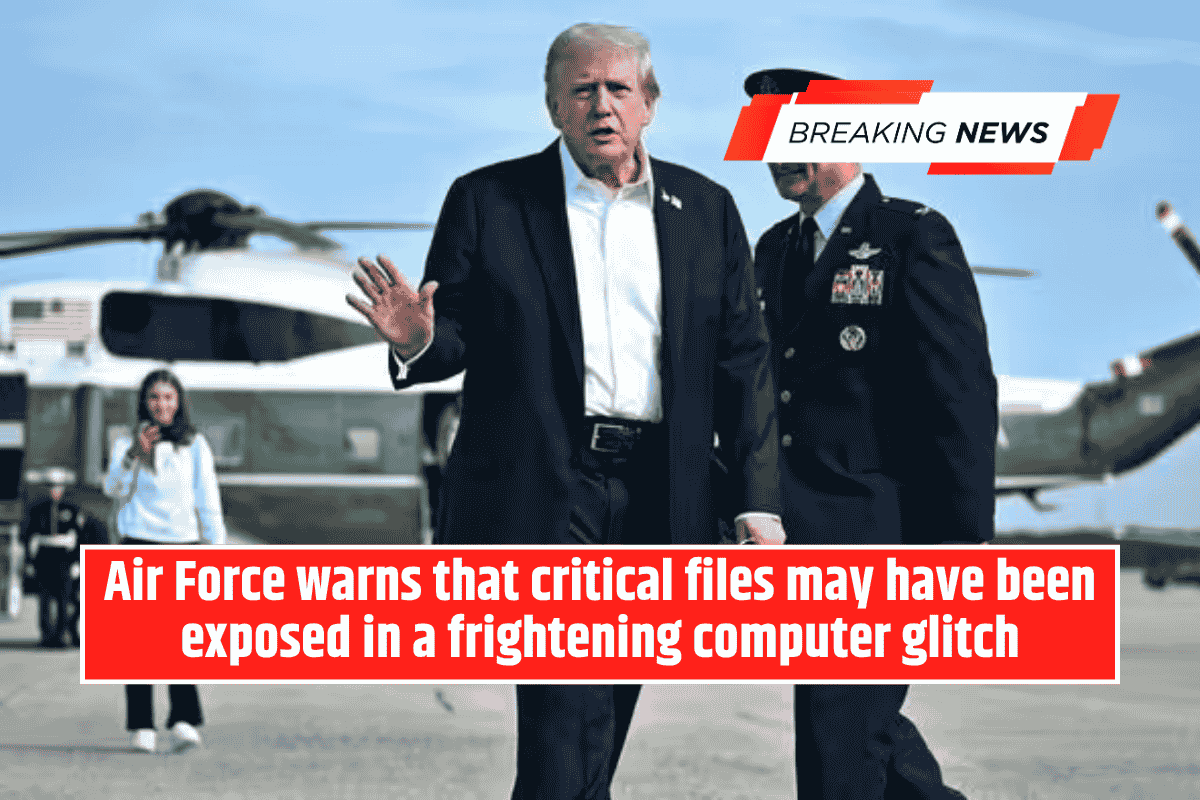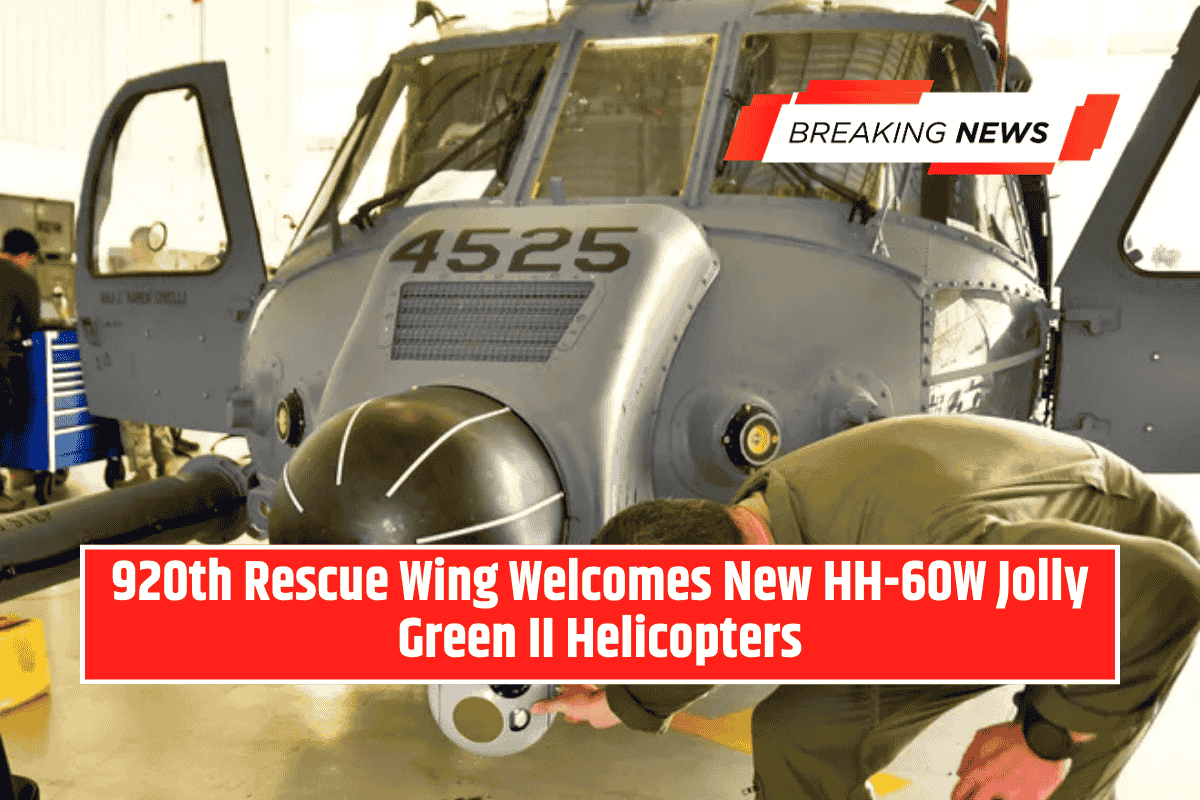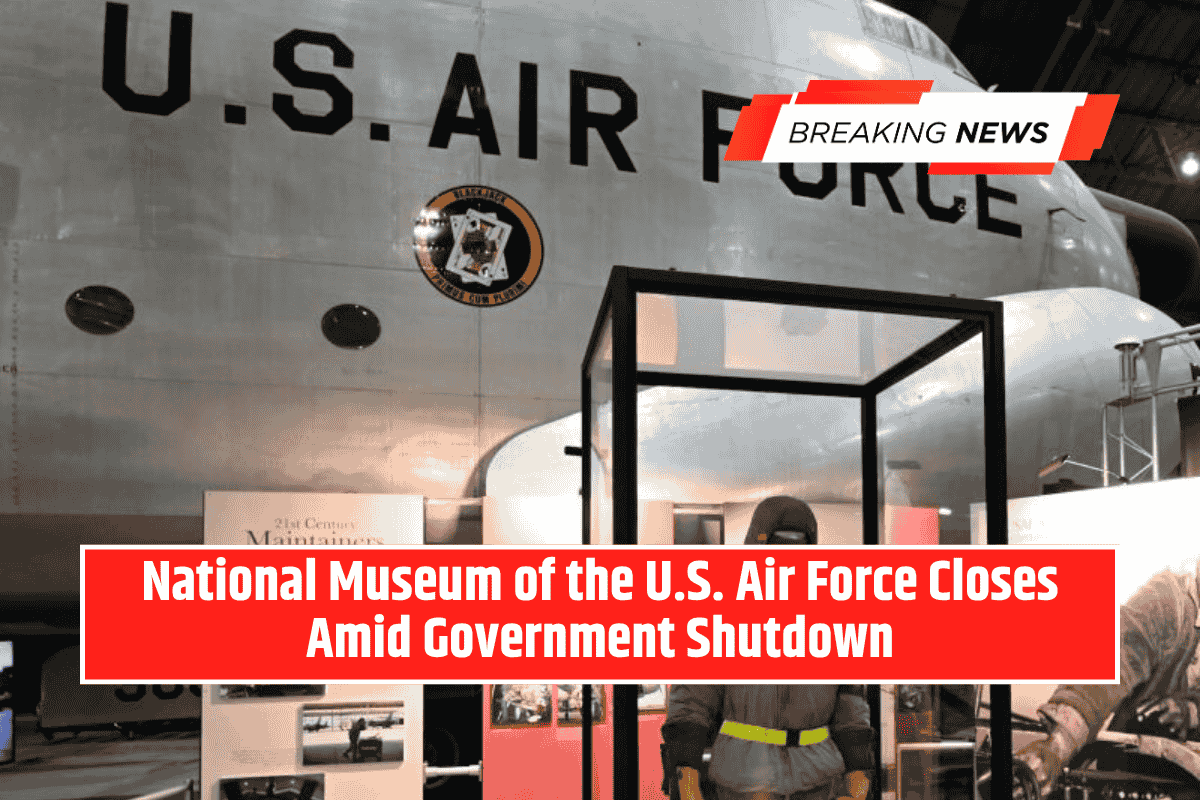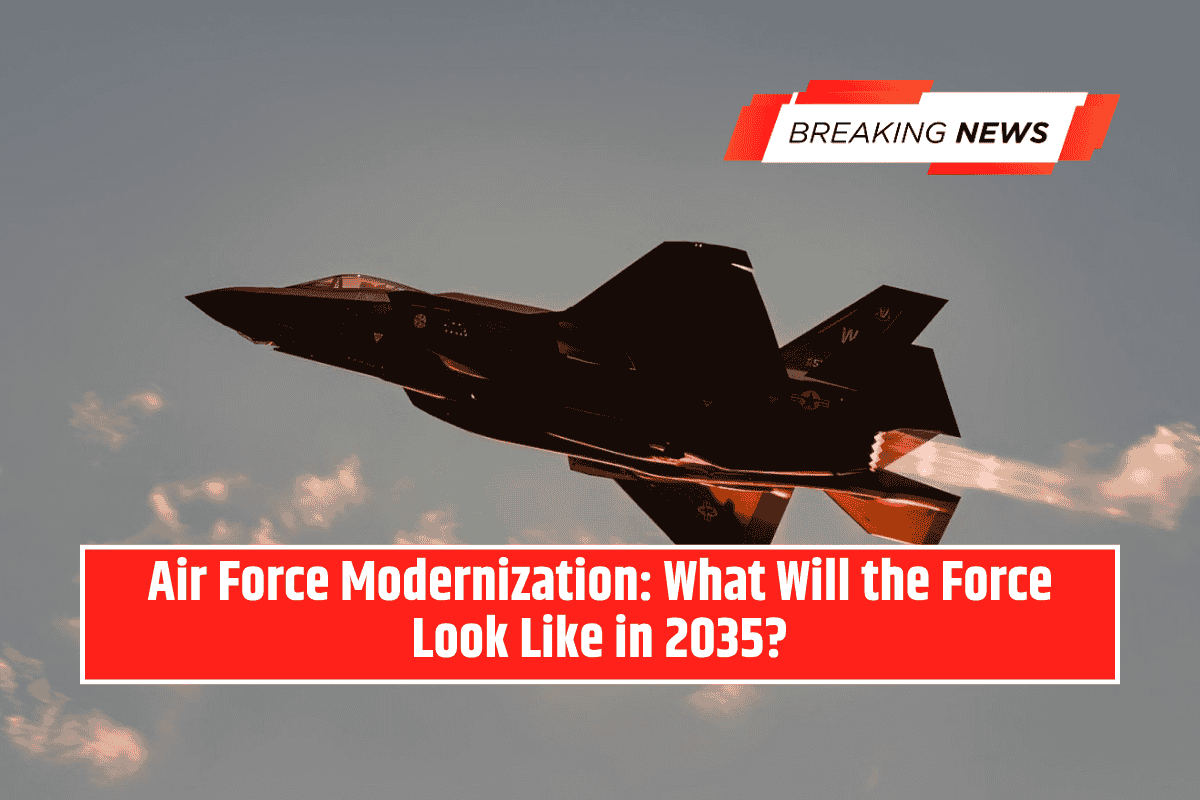The U.S. Air Force is preparing to phase out its six-decade-old T-38 Talon trainers, which were originally designed for Vietnam-era jets, and replace them with the Boeing-made T-7A Red Hawk.
The service has committed to purchasing 351 T-7s under a $9.2 billion contract awarded in 2018.
Current Status and Delivery Timeline
Boeing has delivered all six test aircraft, with the first non-test T-7 expected to arrive at Joint Base San Antonio-Randolph, Texas, on December 5, 2025.
The rollout will be gradual: a second T-7 will arrive in spring 2026, with initial operational capability expected in August 2027 once the base has 14 aircraft.
Student pilot training at Columbus Air Force Base in Mississippi is slated to begin in early 2028, when deliveries will ramp up to 48–60 jets per year.
Training the Trainers First
Before student training begins, instructor pilots must be trained on the new aircraft. Early operations will focus on maintenance practice, with Boeing personnel initially handling repairs before transitioning responsibilities to Air Force maintainers.
Modernizing Pilot Training
The T-7 isn’t just a one-for-one replacement for the T-38 — it represents a chance to overhaul pilot training. Outdated lessons like formation takeoffs have already been dropped from the syllabus.
The Red Hawk’s modern avionics, cockpit displays, and smoother handling will allow instructors to emphasize advanced tactics and mission employment over basic flying survival skills.
Preparing for Future Fighters
The T-7 is designed to bridge the gap between trainers and fifth-generation fighters such as the F-22 and F-35, and eventually the sixth-generation F-47 and B-21 Raider bomber.
Its avionics and simulator compatibility will better prepare student pilots for real-world missions. Air Force leaders stress the importance of software upgrades to keep the trainer adaptable as technology evolves.
Looking Ahead: Drones and Collaborative Combat Aircraft
Air Education and Training Command is also exploring how to integrate training for collaborative combat aircraft (CCAs) — autonomous drone wingmen expected to operate alongside fighter jets in future conflicts. Simulators may play a key role in preparing pilots to coordinate with these systems.
With the T-7A Red Hawk, the Air Force is not only replacing an obsolete jet trainer but also reshaping its entire approach to pilot instruction. By the late 2020s, the service expects to train new aviators in a system more aligned with the realities of fifth- and sixth-generation warfare.
